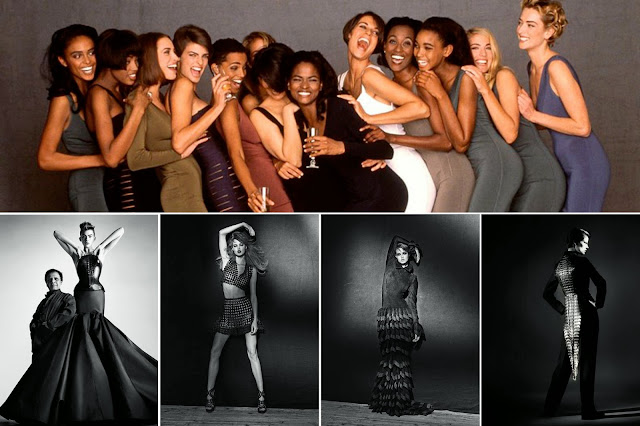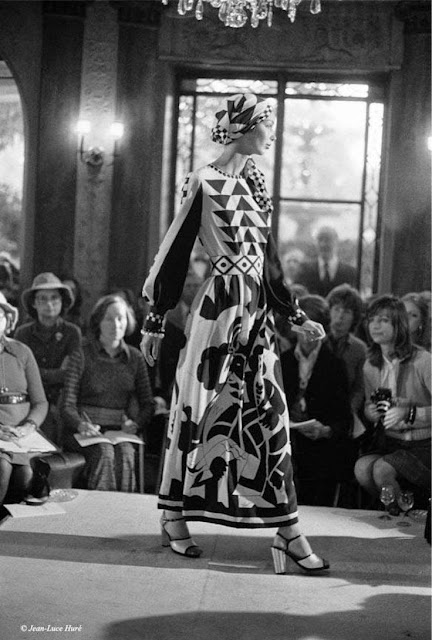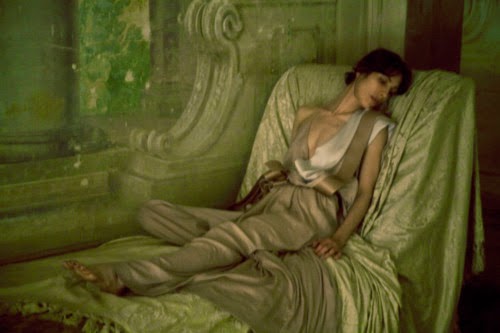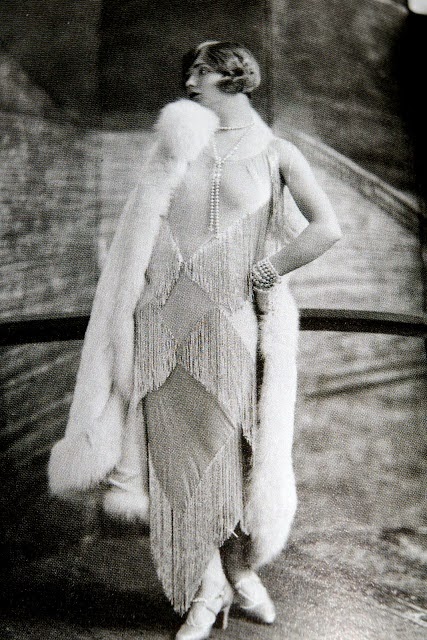Amazonian models in skintight dresses and high-heeled shoes embody the slick sex appeal of the dress-to-kill 1980s. Each wears an outfit from Azzedine Alaïa's 1987 spring/summer collection.“The base of all beauty is the body,” says Alaïa, who, inspired by Madeleine Vionnet, states “there is nothing more beautiful than a healthy body dressed in wonderful clothes.” The “King of Kling” is an expert manipulator of the female form, having studied sculpture when he was younger. He moved to Paris and worked briefly for Dior and Guy Laroche, and by the end of the 1960s has his own couture business on the Left Bank. In the early 1980s, his stretchy dresses and bodysuits, constructed from thick knitted panels, came to define the Lycra revolution. In 2008 he was made a Chevalier of the Légion d'honneur, and presented his autumn/winter 2011 haute couture collection in Paris after a long absence from the catwalk.
Also look up for Audit, Dior, G. Jones, Laroche, Léger, Vionnet








